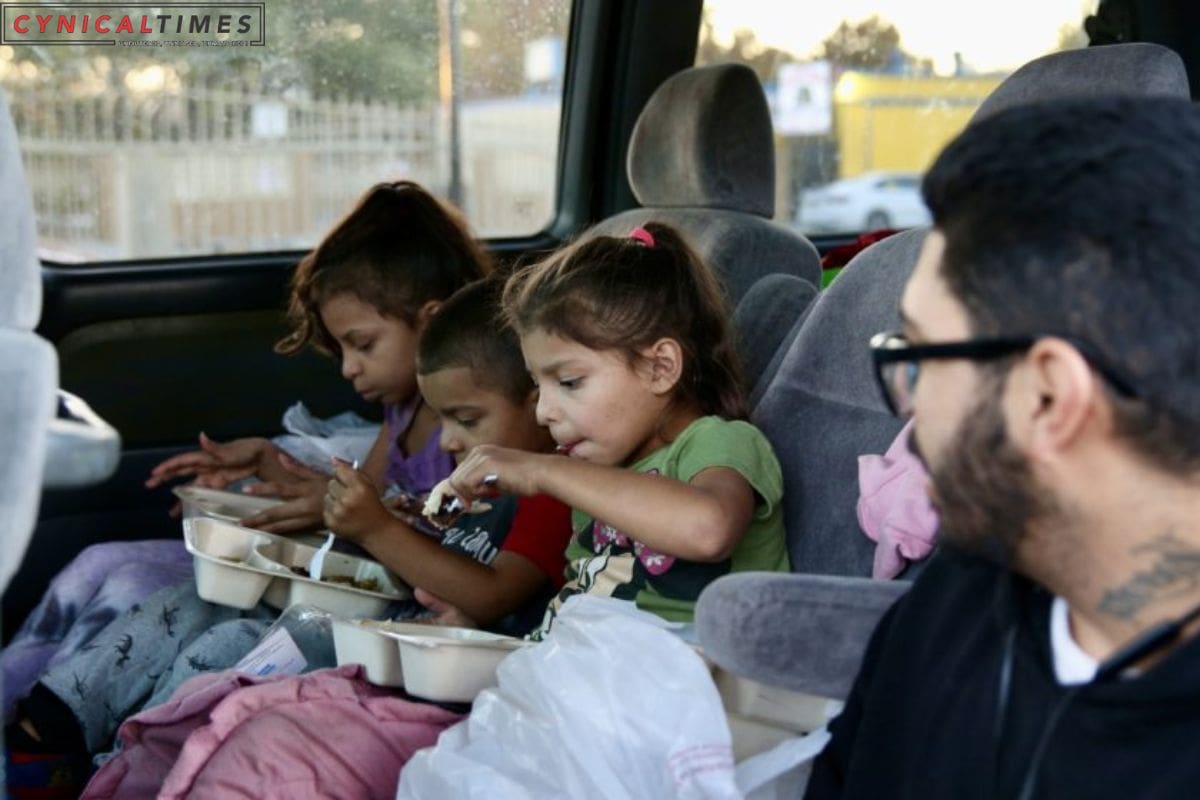San Jose Fight Against Food Insecurity: Because COVID-19 relief money is decreasing, San Jose’s fight against food poverty is taking a big hit. Millions of dollars in grants for pandemic aid were left out of the city’s budget for 202324. Food distributors like Martha’s Kitchen and Loaves and Fishes Family Kitchen had to cut back on their activities. This decision is made even though there seems to be a significant increase in demand, which will significantly affect treatment centres, food kitchens, and temporary living facilities.
Former CEO and Senior Advisor of Loaves and Fishes Gisela Bushey talked about how quickly the organization changed after the COVID-19 pandemic began. It only took six weeks for the charity to go from serving 547,000 meals a year at 70 sites to serving 1.5 million meals yearly at 164 locations in Santa Clara and San Mateo counties. Bushey said that COVID-19 pointed out the challenging living situations that many people in Silicon Valley have.
At first, the city did a lot to help by giving millions of dollars in COVID-19 aid funds to groups like Loaves and Fishes. After the first year, Bushey did notice that San Jose’s support slowly faded. In July, the city abruptly stopped giving money to Loaves and Fishes, which forced the organization to cut its budget by 30% and stop giving 10,000 meals a week. She clarified that other donors, like foundations, companies, and individuals, kept giving while the city of San Jose cut back.
A representative from the area supported the choice by saying that county and state governments were in charge of giving out food before the pandemic. They noted that planning had to start early because local food distributors knew ahead of time that the one-time COVID relief funds would run out.
A report from 2023 says that over 155,000 people in the area applied for CalFresh (the California Supplemental Nutrition Assistance Program) help the previous year. This means that Silicon Valley has hit a dangerous level of food insecurity. According to the study, which is mostly about racial discrimination and wealth inequality, a market at Mexican Heritage Plaza helped over 16,800 people. In the meantime, a nearby food bank called Second Harvest of Silicon Valley helps more than 500,000 people every month.
Bushey said that as of July 1, the county had made up about 20% of the money it lost when the city cut its budget. She clarified that starting over every July is not a consistent or long-term practice.


ALSO READ: Parkmoor Project: A Beacon of Hope for Foster Youth Housing in San Jose
Martha’s Kitchen, another well-known food seller, lost over half its resources when the city stopped giving it money. Bill Lee, the executive director of Martha’s Kitchen, said the desire for food is still increasing. Housing companies still depend on food distributors for free meals because people with a place to live still need to eat.
Lee complained about the tough choices they had to make, saying that all the money that was supposed to go to the greater region had to be sent to the city of San Jose, where most of their services are based. He stressed how important it was for the city and county to look into funding sources immediately so that there would never be a food shortage for San Jose’s homeless community.
CEO of Loaves and Fishes, David Lott, said he was worried that programs might have to be cut in January if funding doesn’t get better. He pointed out that San Jose has too much power because 68% of its services are based there. The problems these important food distributors are having show how badly the area needs long-term answers to fight food insecurity.
Our Reader’s Queries
What is the food insecurity in Santa Clara County?
The United States Department of Agriculture recently discovered that more than 10 percent of households in the country were food insecure in 2021. In Santa Clara County, over 130,000 individuals are affected by food insecurity, with a rate of over 7 percent, as reported by Feeding America.
Who is fighting food insecurity?
Feeding America, the biggest hunger-relief organization in the US, is at the forefront of the fight against hunger. Our efforts to provide meals in various communities across the country are making it impossible to ignore the issue of hunger.
What can be done to solve food insecurity?
To combat food insecurity and hunger, it’s crucial to expand nutrition assistance programs, boost benefit amounts, and tackle unemployment. By doing so, we can ensure that more individuals have access to the nourishment they need to thrive. Let’s work together to make a positive impact on the lives of those who are struggling to put food on the table.
How can we reduce food insecurity in Canada?
Food aid and policy organizations such as Proof have suggested several policy interventions to address the issue of low-income workers. These include raising the minimum wage and the Canada Worker’s Benefit, ensuring that welfare, disability, and unemployment benefits are sufficient, and increasing the Canada Pension Plan retirement pension. These measures aim to improve the financial stability of low-income workers and provide them with a better quality of life.

